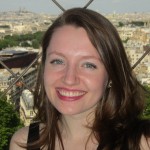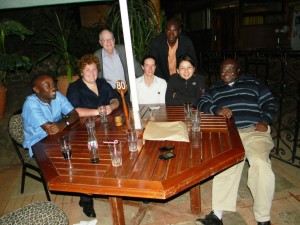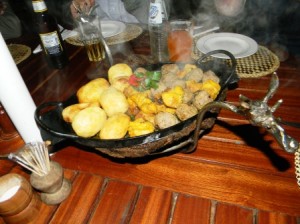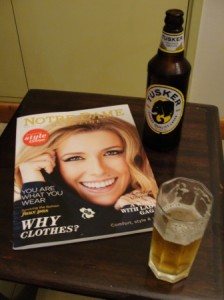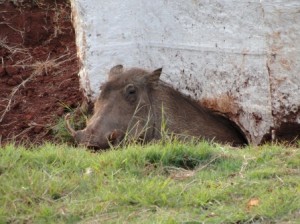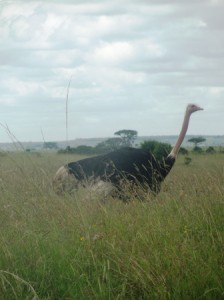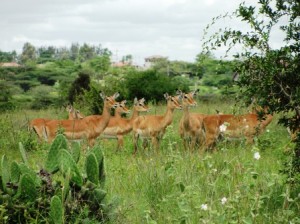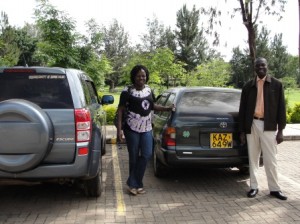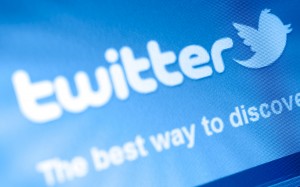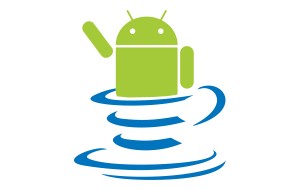A post from our student blogger Sarah Goodman
During the orientation Boot Camp, the MSPL class had the opportunity to learn from three different speakers in the patent law field. The first guest, Dr. Art Moss, is a Sr. Patent Associate at DuPont. He gave a full-day presentation, “Patent Law for Researchers,” to the MSPL class and some members of the Notre Dame community at Innovation Park. Dr. Moss explained the different parts of a patent and techniques for writing a patent application. He also gave an introduction to the United States Code Title 35, which addresses the patentability of inventions.
Our second speaker was Dr. David Burns, a patent agent and employee of Qualcomm Incorporated. Qualcomm is a California-based corporation that is a leading patent licensor of wireless technology and innovation. Dr. Burns lectured to our class for three days. Some highlights included an extensive introduction to conducting inventor interviews and working with invention disclosure forms. We also learned more about the Code of Federal Regulations Title 37 which contains the rules concerning the format and filing of patent applications. As one of the most efficient patent writers in his field, he gave our class tips on drafting patents and creating invention illustrations.
We met the final guest speaker of the Boot Camp on a tour of the Union Station Technology Center in South Bend. The facility is a state-of-the-art technology center which offers computing space and power services while operating fiber optic networks for the Midwest. Dr. Shane Fimbel, chief operating officer of Union Station, gave us a presentation about the history and function of this data center as well as a tour of the facilities. He emphasized the essential role of innovation and creativity in the success of this business.



